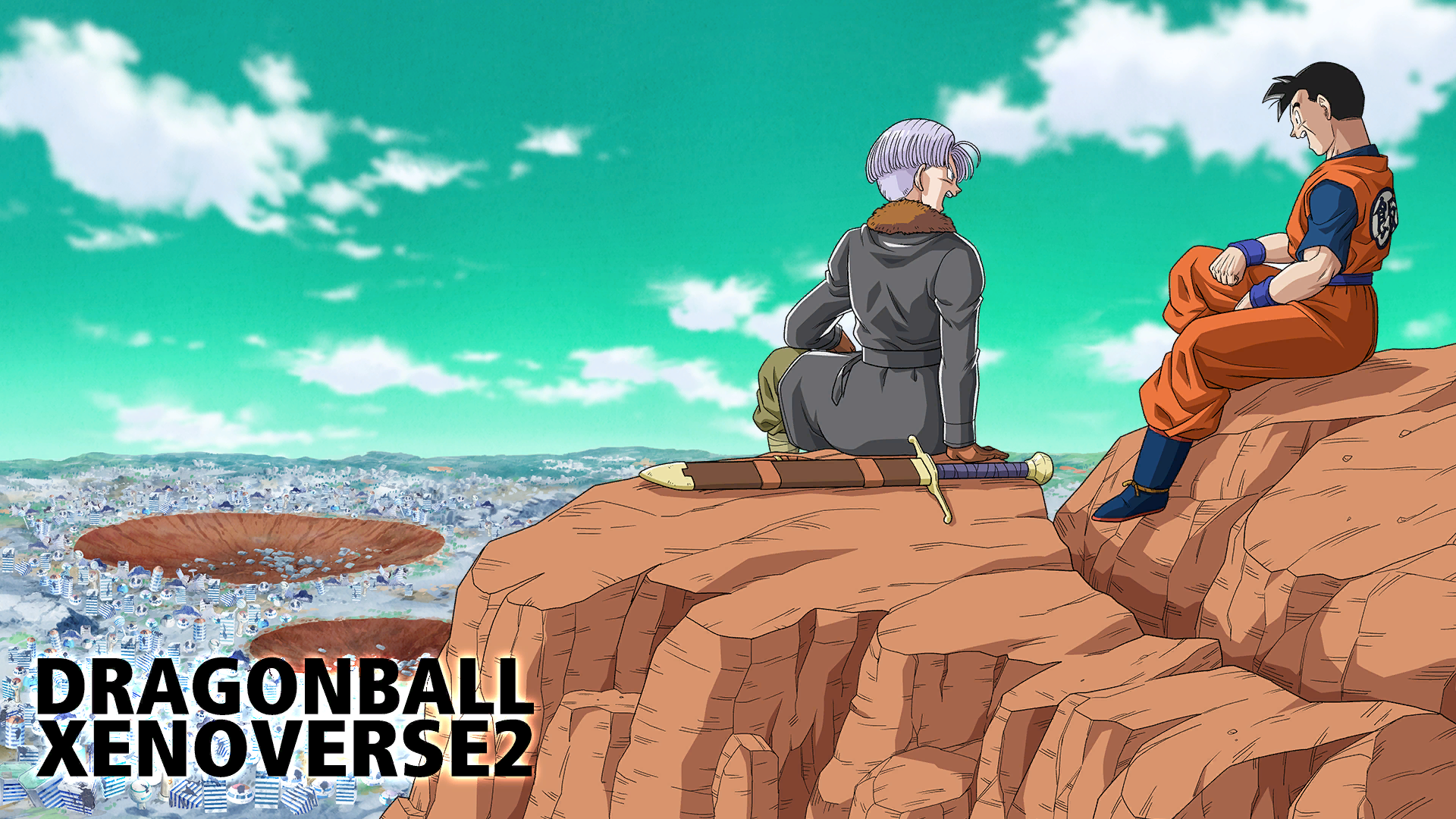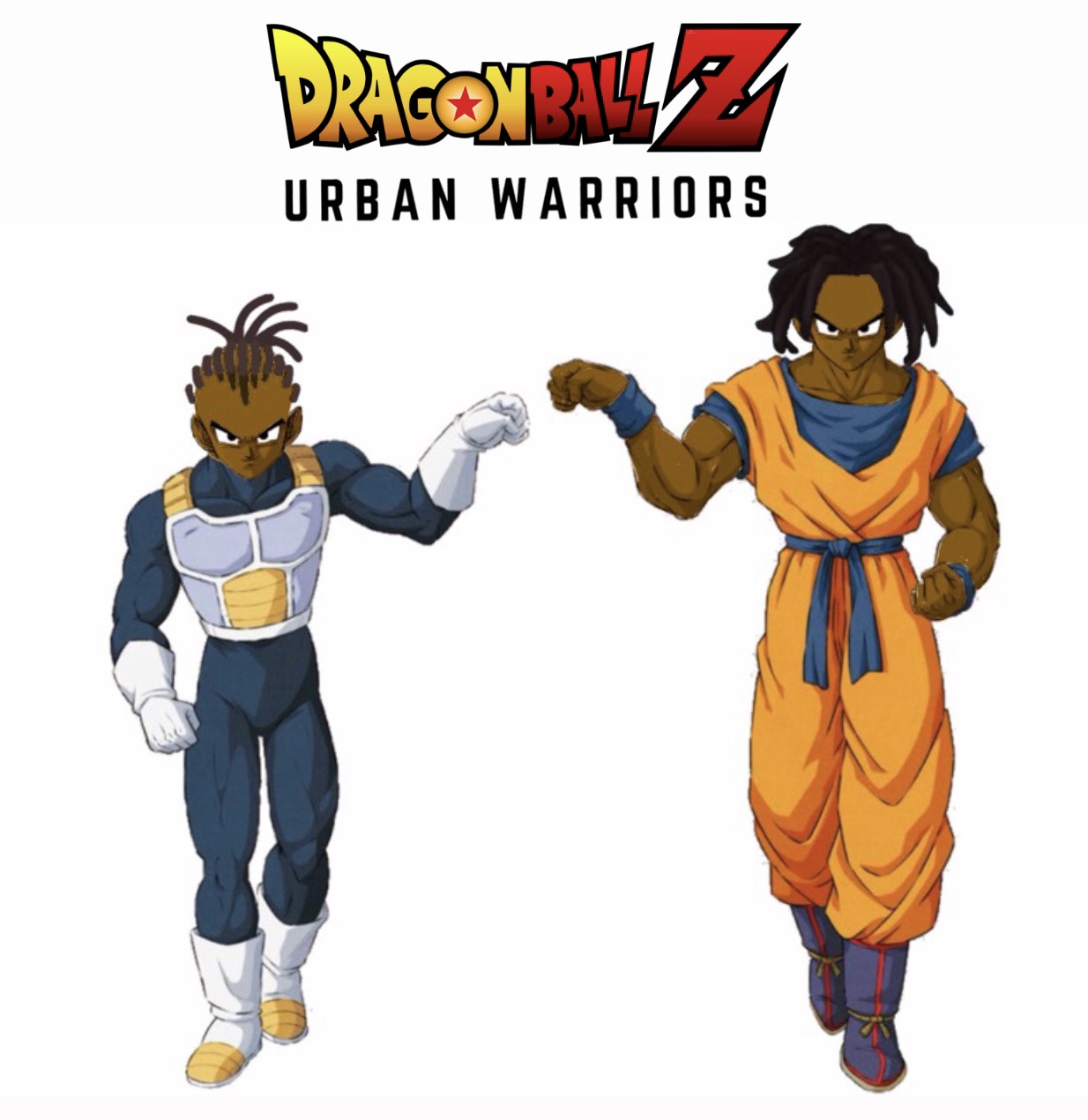Dragon Ball Z has been a massive part of pop culture for decades, and its fandom is one of the most passionate communities out there. But beneath the surface of this seemingly wholesome world lies something darker—a shadowy side where rivalries, drama, and even online cartels emerge. Today, we're diving deep into the DBZ cartel phenomenon and uncovering the not-so-pretty underbelly of this iconic fandom.
It’s wild, right? Who would’ve thought that a show about Saiyans, Super Saiyans, and epic battles could spark such intense drama in real life? The Dragon Ball Z fandom is no joke—it’s like a small universe of its own, complete with its own rules, hierarchies, and yes, even its own dark corners.
So, buckle up because we’re about to take you on a wild ride through the dark side of Dragon Ball Z fandom. Spoiler alert: it’s not all about Goku vs Frieza. Sometimes, it’s more about fans vs fans. Let’s go!
Read also:Patti Stanger The Millionaire Matchmakers Journey To Love And Success
Table of Contents
- What is DBZ Cartel?
- A Brief History of Dragon Ball Z Fandom
- The Rise of Drama in DBZ Fandom
- How Cartels Form Within the Fandom
- The Psychology Behind Fan Cartels
- The Impact of Cartels on the Community
- Real-Life Examples of DBZ Cartels
- The Role of Social Media in Fandom Drama
- How to Stop the Spread of Cartels
- Wrapping It Up: Is the Dark Side Worth It?
What is DBZ Cartel?
Now, let’s break it down. What exactly is a DBZ cartel? Think of it as a group of super-dedicated fans who band together to promote their specific views or interpretations of the Dragon Ball Z universe. Sometimes, these groups can get pretty intense. They might create forums, social media pages, or even entire websites dedicated to pushing their agenda.
Cartels within the DBZ fandom often form around controversial topics like character rankings, plotlines, or even which version of the anime is superior. Some might argue that Goku is the ultimate Saiyan, while others might side with Vegeta. And let me tell ya, when these groups clash, it gets real ugly real fast.
Key Characteristics of DBZ Cartels
Here’s what makes a DBZ cartel tick:
- Highly organized groups with clear leadership
- Strong opinions backed by “facts” (sometimes questionable)
- A tendency to shut down opposing viewpoints aggressively
- Use of social media platforms to spread their message
It’s not just about loving Dragon Ball Z—it’s about loving it the “right” way. And if you don’t agree, well, let’s just say you might find yourself on the receiving end of some serious shade.
A Brief History of Dragon Ball Z Fandom
Before we dive deeper into the cartel side of things, let’s rewind a bit and talk about the history of the DBZ fandom. Dragon Ball Z first premiered in Japan in 1989 and quickly became a global sensation. Fans all over the world fell in love with the action-packed storylines, the lovable characters, and the epic transformations.
Back in the day, fandoms were simpler. You’d gather with friends to watch episodes, trade comic books, or attend conventions. But with the rise of the internet, everything changed. Suddenly, fans from all corners of the globe could connect instantly. While this was great for sharing ideas and building communities, it also opened the door for conflict.
Read also:Unveiling The Mysteries Of The August 28 Star Sign A Complete Guide
As the fandom grew, so did the competition. People started forming groups based on shared interests, but some of these groups took things too far. Enter the era of the DBZ cartels.
The Rise of Drama in DBZ Fandom
Let’s face it—where there’s passion, there’s drama. And the DBZ fandom has no shortage of both. Over the years, the community has seen its fair share of beefs, arguments, and full-blown wars over trivial matters. But why does this happen?
For starters, Dragon Ball Z is a complex series with tons of characters, plot twists, and alternate timelines. Fans naturally have differing opinions on how things should play out. Some might think Piccolo is the real hero, while others swear by Gohan’s potential. When these opinions collide, sparks fly.
Common Causes of Drama
Here are a few reasons why the DBZ fandom can get so heated:
- Character Loyalty: Everyone has their favorite character, and defending them can get pretty intense.
- Canon vs Non-Canon: Is the original anime better, or do the movies hold more weight? This debate rages on.
- Power Rankings: Who’s stronger—Goku or Vegeta? The argument never ends.
And let’s not forget the influence of social media. Platforms like Twitter, Reddit, and YouTube have made it easier than ever for fans to voice their opinions—and sometimes, those opinions come with a side of toxicity.
How Cartels Form Within the Fandom
So, how do these cartels actually form? It usually starts with a group of like-minded fans who share a common interest or belief. They might create a private server, a subreddit, or even a Discord channel to discuss their favorite topics. At first, it’s all fun and games. But as the group grows, so does the pressure to conform.
Cartels often have a leader or a core group of influencers who set the tone for the rest of the members. These leaders might dictate which characters are “worthy” of attention or which plotlines are canon. Dissenters are quickly shut down, often with harsh words or even bans from the group.
Stages of Cartel Formation
Here’s how a typical DBZ cartel evolves:
- Stage 1: Gathering: A small group of fans comes together over a shared interest.
- Stage 2: Solidification: The group establishes its core beliefs and starts recruiting new members.
- Stage 3: Expansion: The cartel grows in size and influence, often using social media to spread its message.
- Stage 4: Conflict: The cartel encounters opposition, leading to clashes with other groups.
It’s a cycle that repeats itself across fandoms, not just Dragon Ball Z. But what makes the DBZ cartels stand out is the sheer intensity of their loyalty—and sometimes, their aggression.
The Psychology Behind Fan Cartels
Why do fans feel the need to form cartels in the first place? To understand this, we need to look at the psychology behind fandom behavior. For many, being part of a group provides a sense of belonging and identity. It’s a way to connect with others who share your passions and validate your opinions.
However, when that need for validation becomes too strong, it can lead to unhealthy behavior. Fans might feel compelled to prove their loyalty by attacking those who disagree with them. This is where the concept of “fan tribalism” comes in. It’s like sports fans rooting for their team, but instead of cheering for a basketball game, they’re defending their favorite anime.
Studies have shown that group dynamics can amplify individual biases, leading to more extreme views. In the case of DBZ cartels, this can result in heated arguments, personal attacks, and even harassment.
Key Psychological Factors
Here are some psychological factors that contribute to the formation of cartels:
- Identity: Fans often see their favorite characters as extensions of themselves.
- Validation: Being part of a group helps fans feel like their opinions matter.
- Us vs Them Mentality: Cartels often view outsiders as threats to their way of thinking.
It’s a complex web of emotions and motivations, and understanding it is key to addressing the problem.
The Impact of Cartels on the Community
While DBZ cartels might seem harmless at first glance, they can have a significant impact on the overall fandom community. For one, they can create a toxic environment where new fans feel unwelcome. If someone dares to question the cartel’s views, they might face ridicule or worse.
Cartels can also stifle creativity and innovation within the fandom. When everyone is expected to think the same way, it leaves little room for fresh ideas or interpretations. This can make the community feel stagnant and uninviting.
On the flip side, cartels can also bring people together. They provide a space for fans to connect and share their love for Dragon Ball Z. It’s all about finding the right balance between passion and respect.
Real-Life Examples of DBZ Cartels
Let’s take a look at some real-life examples of DBZ cartels in action. One of the most famous cartels is the “Vegeta Forever” group, which firmly believes that Vegeta is the true prince of Saiyans and deserves more recognition than Goku. They’ve been known to clash with the “Goku Squad,” a group of fans who think Goku is the ultimate Saiyan.
Another notable cartel is the “Super Saiyan Purists,” who argue that the original Super Saiyan transformation is the only one that truly matters. They dismiss later transformations like Super Saiyan Blue as unnecessary fan service.
These groups might seem extreme, but they’re just a few examples of the many cartels that exist within the DBZ fandom. And while they might not represent the majority, their influence can’t be ignored.
The Role of Social Media in Fandom Drama
Social media has played a huge role in the rise of DBZ cartels. Platforms like Twitter, Reddit, and YouTube have made it easier than ever for fans to connect and share their opinions. But with great power comes great responsibility—and sometimes, that responsibility gets forgotten.
Social media algorithms tend to favor content that sparks strong emotions, whether positive or negative. This means that controversial posts or heated debates are more likely to get attention, which can fuel the fire of cartel activity. Fans might find themselves drawn into arguments they wouldn’t have otherwise participated in, all because of the way these platforms are designed.
That’s not to say that social media is all bad. It’s also a powerful tool for bringing fans together and fostering creativity. The key is to use it responsibly and respectfully.
How to Stop the Spread of Cartels
So, what can be done to combat the spread of DBZ cartels? The first step is education. Fans need to understand the impact of their words and actions on the community. Encouraging open dialogue and respectful discourse can help reduce conflict.
Moderation is another important factor. Platforms like Discord and Reddit have tools in place to help manage toxic behavior, but they need to be used effectively. Leaders of fan groups should set clear guidelines for acceptable behavior and enforce them consistently.
Finally, fostering a sense of inclusivity is crucial. The DBZ fandom should be a place where everyone feels welcome, regardless of their opinions or preferences. By celebrating diversity and encouraging creativity, we can create a healthier, more positive community.
Wrapping It Up: Is the Dark Side Worth It?
So, there you have it—the dark side of the Dragon Ball Z fandom. While cartels might seem like an unavoidable part of any passionate community, they don’t have to define the experience. By understanding their origins and impacts, we can work towards a more harmonious fandom.
Let’s recap the key points:
- DBZ cartels are groups of fans who promote specific views within the fandom.
- They often form around controversial topics like character rankings or plotlines.
- While they can create a sense of belonging, they can also lead to toxicity and conflict.
- Social media plays a significant role in the spread of cartels, but it can also be a force


